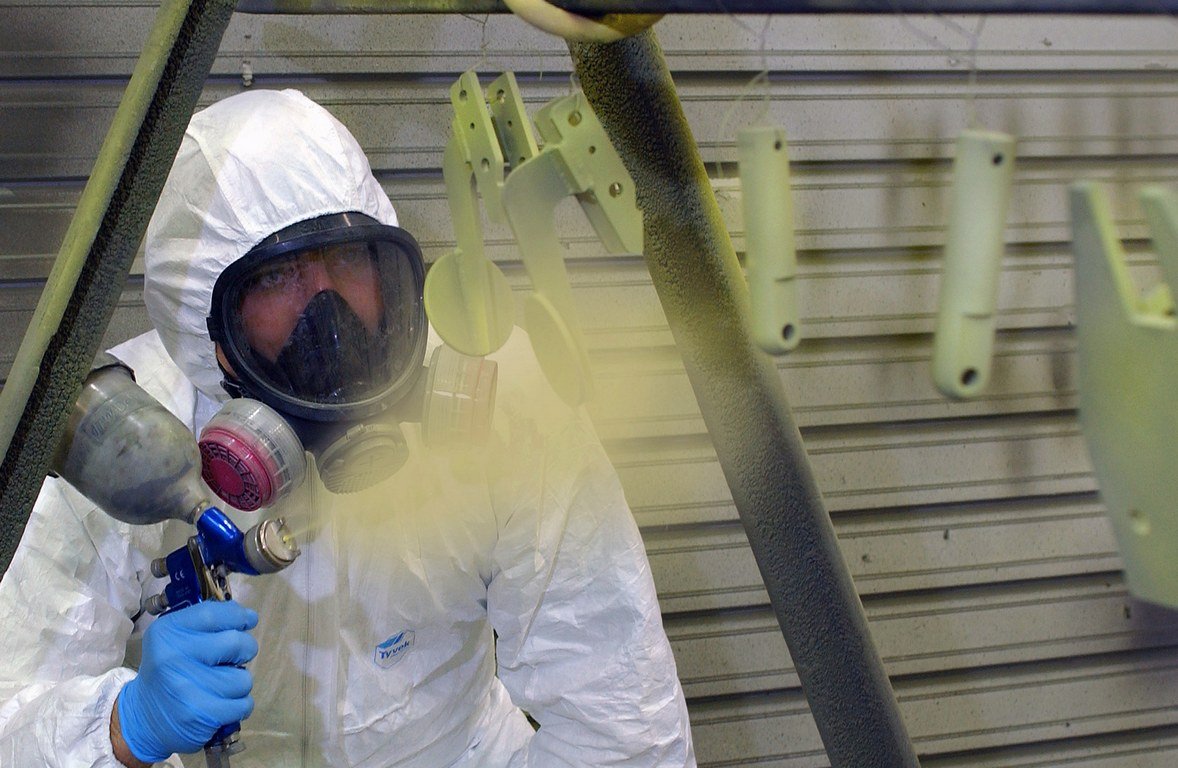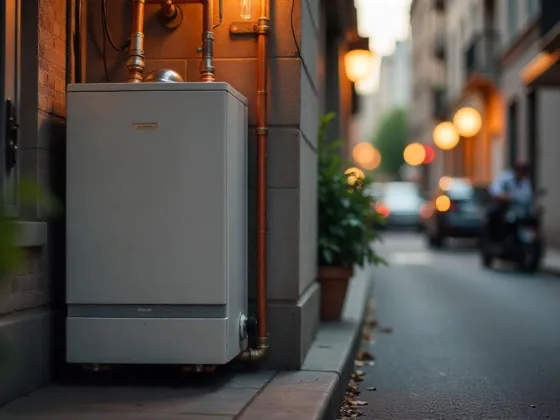Table of Contents Show
Spray painting has been significant work for many people. This activity takes a lot of effort and expertise to get done. Most people thought without being an expert; you can’t use spray painting tools.
This is not true; most painting outputs were aided by the power tool they use to carry out the painting project. Although there is some general knowledge, one needs to know how to use spray paint, including its working principles.
An air compressor is a powerful tool used to power ranges of equipment in which spray-painting is included. The conjunction of these two makes uses of pressurized air to pass the paint through the hose from the tank.

There are ranges of aiding supplement tool that can be used with the spray gun to adjust the way the paint moves from the gun.
When used correctly, a pneumatic sprayer will ensure painting output is professional.
Because of the air pressure delivered in the tool, the output peels off like a fine cloud so that it can be used with sufficient ease to furniture, walls, or almost any other surface.
There may be a minor variation from the actual device used to discharge air from a compressor behind gasoline or electric motors, but it is sufficient to state that an air compressor uses an engine to get massive air volumes.
Related: https://homenewtools.com/what-is-an-air-compressor-duty-cycle/
How is it Working?
There are two-meter configurations, top, and bottom cover, for most portable household compressors.
As soon as it begins, the engine sucks in air and drives it into the tank.
The more air is gathered and applied; the greater the unit’s pressure is. And immediately the upper reach its maximum, the machine shuts down the engine.
The compressed air stored can now be used by open the valve. High-pressure air is blown through the trachea for the instrument operation.
The system will again fill the inner tank with air now that the air pressure has reached the lower limit of the tank.
Usage Purpose
You might be wondering at this stage why you might need an air compressor.
I mean, you’re not going to have a whole house to paint in about a year, and you’re certainly not going to worry about adding another coat of paint, so why invest in what looks like professional painting equipment to save money?
There are many reasons why you genuinely want to buy a spray gun and a compressor.
There are several tasks an air compressor can engage to execute, such as blowing, tire pump up and other items, riveting, and painting houses or even cars to be painted).
In the long run, you will actually save money, not only on rollers, brushes, paint trays but on other things as well.
How to Choose an Air Compressor for Spray Painting?
Your needs would be different from other people when searching for the right compressor for radiation and spray painting.
Depending on the size of your project, nearly continuous airflow is required for painting and sealing. In the case of cars, unless you want to process the panels separately, you need an air compressor with a powerful engine and a large tank.
The amount of required air would be lower for smaller activities, such as painting a chair or a boat’s shape.
Pressure
It is only High volume – Low pressure and Low volume – low-pressure spray guns that users make use of compressed air.
The pressure requirements are not very high, as you can see from the name. To operate these two types of spray guns, low pressure is required.
CFM
CFM means cubic feet per minute. In other words, it is the amount of air that is generated every minute by an air compressor.
This is not an air force, as CFM refers to the amount of air generated under absolute pressure by an air compressor, e.g., 90 PSI, 120 PSI, and the like.
Suppose you are buying an air compressor for your work or spray-painting project. In that case, CFM is probably the most significant parameter you need to review.
You can review the CFM specifications of the spray gun you want to use with the air compressor first to be sure.
Make sure the selected air compressor generates more than the CFM spray gun after identifying the CFM spray gun.
An air compressor that delivers the same CFM should not be purchased. You have to get the one that generates more than a spray gun produced by CFM.
Any error here can stop the spray gun from operating effectively. So, make sure this is taken seriously.
Let move on to the third aspect, which is also crucial to your painting project’s success, once you have met the CFM requirements.
Size of Tank
Sprayers need a constant flow of compressed air from the air compressor, unlike other pneumatic instruments, such as nails, which occasionally use air to remove nails.
They ingest more air in the same time frame as a result. Therefore, to push into the nail, you can use a 6-liter air compressor, but you cannot use it for spray paint.
Paint sprayers demand that the gun be accompanied by a compressor with a large tank, ideally 50 liters or more.
You are certainly making the right choice when considering these three variables when choosing an air compressor for your spray painting.
Conclusions
If you carefully read this post on how to select an air compressor power tool for your spray painting, you will know major features to consider when buying an air compressor for spray painting and other projects.
All the above-listed features are air compressor great features and functionality. Setting up an air compressor for spray painting is not difficult. You will never go wrong as long as you know the exact gallon and the air pressure you need.
So, check the guidelines for CFM, PSI, and other products. And with that, you’ll a perfect knowledge of the compressor size and horsepower you need.
Also, check our other post about air compressors on this blog. Our article will help you purchase the best and quality power tools and stop wasting hard-earned money on inadequate power tools.










